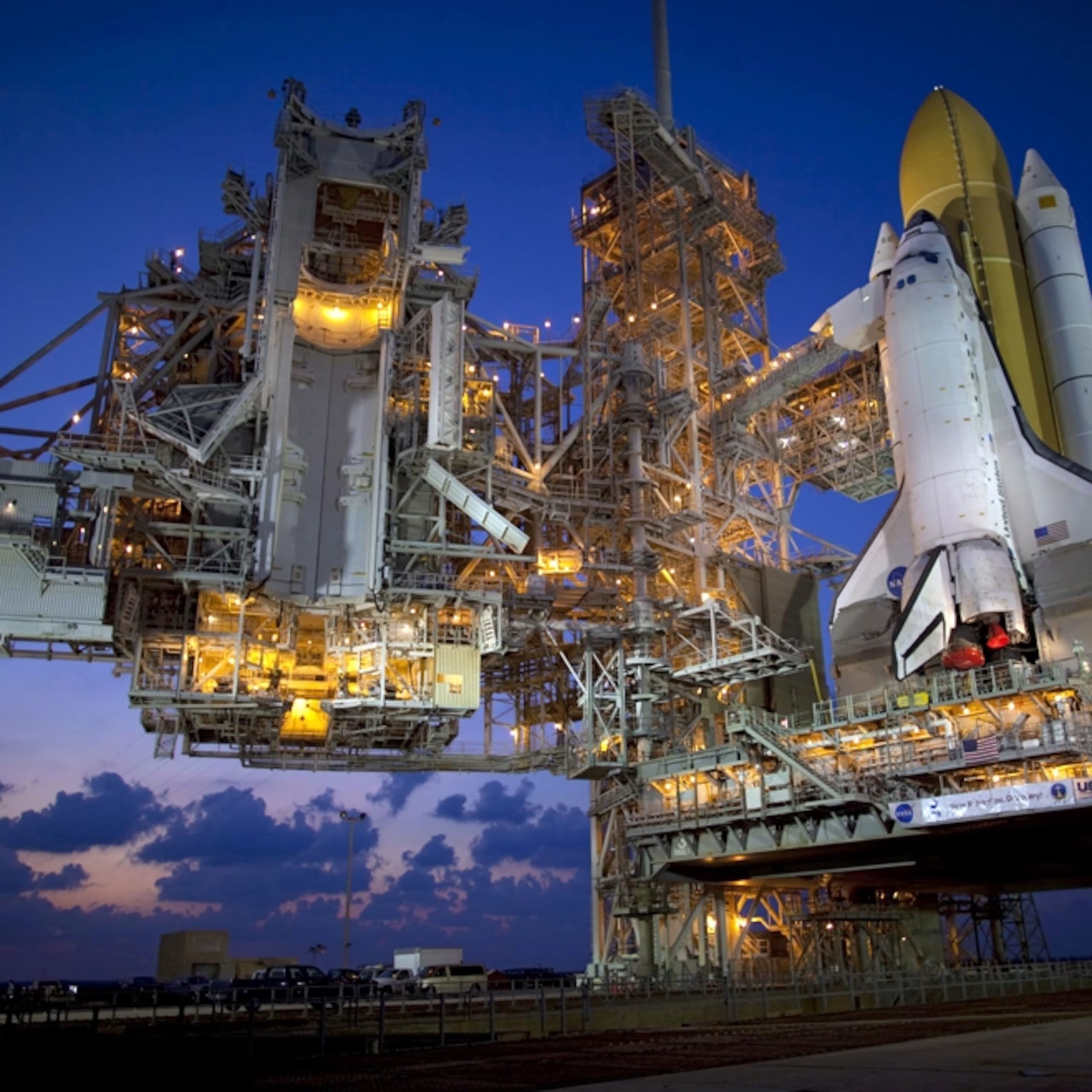wherearewegoing.net – The Space Shuttle, NASA’s reusable spacecraft, was a marvel of modern engineering and the backbone of America’s space program for over three decades. Launched for the first time on April 12, 1981, with the Space Shuttle Columbia, this revolutionary vehicle was designed to be a cost-effective and flexible means of sending humans and payloads into low Earth orbit. The Shuttle program, which officially ended on July 21, 2011, with the landing of Space Shuttle Atlantis, left an indelible mark on the history of space exploration. This article explores the legacy of NASA’s workhorse, the Space Shuttle, and its impact on science, technology, and humanity’s quest for the stars.
The Vision and Design:
The concept of the Space Shuttle was born out of a desire to reduce the cost of space travel and to create a vehicle that could be used for a variety of missions. The Shuttle was envisioned as a spaceship that could launch like a rocket, orbit the Earth, and then return to a runway landing like an airplane. The design included a large cargo bay capable of carrying satellites, space station components, and other payloads, as well as a crew compartment for up to eight astronauts.
The Shuttle’s unique design consisted of three main components: the orbiter vehicle, which was the spaceplane that housed the crew and payload; the external tank, which contained the liquid fuel and oxidizer for the Shuttle’s main engines; and the two solid rocket boosters, which provided additional thrust during the launch phase.
Achievements and Milestones:
The Space Shuttle program was instrumental in advancing space exploration and scientific research. Over its operational life, the Shuttle completed 135 missions, which included:
- Deploying and servicing satellites, such as the Hubble Space Telescope, which has revolutionized our understanding of the universe.
- Constructing and supplying the International Space Station (ISS), a testament to international cooperation in space.
- Conducting scientific experiments in microgravity, which have contributed to fields such as materials science, biology, and human physiology.
- Providing a platform for astronomical observations and Earth observations, leading to advancements in climate research and disaster management.
The Shuttle also played a crucial role in the repair and upgrade of the Hubble Space Telescope, extending its life and capabilities through multiple servicing missions.
Challenges and Tragedies:
The Space Shuttle program was not without its challenges and tragedies. The loss of Space Shuttle Challenger in 1986 and Space Shuttle Columbia in 2003 were devastating events that claimed the lives of 14 astronauts. These accidents led to extensive investigations and safety improvements, underscoring the risks inherent in human spaceflight.
The Legacy:
The Space Shuttle’s legacy is multifaceted. It not only expanded our knowledge of the cosmos and our planet but also inspired generations to dream of space. The Shuttle’s design and operations pushed the boundaries of technology, leading to advancements in materials science, propulsion, and life support systems.
Moreover, the Shuttle’s role in assembling the ISS laid the groundwork for continued human presence in space. The partnerships forged during the Shuttle era have been instrumental in the success of the ISS and have set a precedent for international collaboration in space exploration.
The Shuttle’s retirement marked the end of an era for NASA but also the beginning of a new chapter. The lessons learned from the Shuttle program have informed the development of new spacecraft, such as the Orion capsule and the Space Launch System (SLS), which are designed to take humans farther into space than ever before, including to Mars.
Conclusion:
The Space Shuttle was more than just a vehicle; it was a symbol of human ingenuity and perseverance. Its legacy is woven into the fabric of space exploration, inspiring future generations to reach for the stars. As we look to the future of space travel, the Space Shuttle remains a testament to what can be achieved when we dare to explore the unknown.
